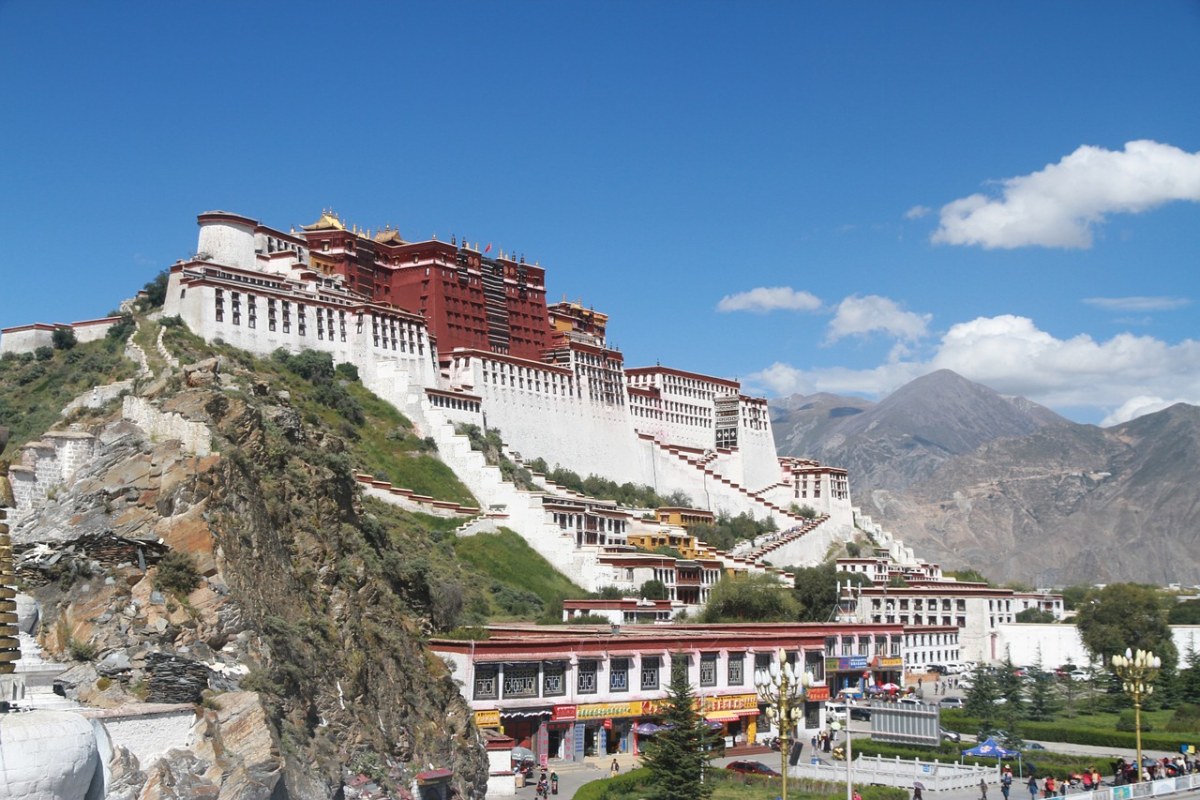Lhasa: Where Ancient Spirit Meets Modern Vitality
Nestled on the “Roof of the World” at an altitude of 3,650 meters, Lhasa—the capital of Tibet Autonomous Region—is a city that captivates travelers with its blend of profound history, spiritual depth, and breathtaking landscapes. Known as the “City of Sunlight” for its annual 3,000 hours of sunshine, Lhasa offers a journey through time, culture, and nature.
Historical Legacy: A Sacred Land
Lhasa’s history stretches back over 1,300 years. Founded in the 7th century by King Songtsen Gambo, it became the political and religious heart of Tibet after he unified the region and moved the capital here. The city’s name means “holy land” or “place of Buddha” in Tibetan, reflecting its spiritual significance. The iconic Potala Palace, a UNESCO World Heritage Site, stands as a testament to this legacy. Once the winter residence of the Dalai Lamas, this architectural marvel symbolizes the fusion of political and religious authority.
The Jokhang Temple, another spiritual cornerstone, draws thousands of pilgrims annually. Built to honor Princess Wencheng’s arrival from the Tang Dynasty, it is Tibet’s most sacred temple, surrounded by the bustling Barkhor Street, where devotees perform koras (ritual circumambulation) amidst vibrant markets.
Urban Development: Tradition Meets Modernity
Despite its ancient roots, Lhasa has embraced modernization while preserving its cultural identity. The city spans over 30,000 square kilometers, with an urban area of 523 square kilometers and a population of 373,000, 87% of whom are Tibetan. Infrastructure developments like the Qinghai-Tibet Railway have connected Lhasa to major Chinese cities, boosting tourism and trade.
Today, Lhasa’s skyline harmonizes traditional Tibetan architecture with modern buildings. Areas like Barkhor Street retain their medieval charm, while new shopping centers and telecommunications facilities reflect contemporary growth. The city’s commitment to environmental preservation has also earned it recognition as one of China’s least polluted cities.
Must-Visit Attractions
- Potala Palace: A labyrinth of over 1,000 rooms, this red-and-white palace houses priceless Buddhist artifacts, murals, and the tombs of past Dalai Lamas.
- Norbulingka Palace: The Dalai Lamas’ summer retreat, known for its serene gardens and vibrant Tibetan festivals like Shodün (Yogurt Festival).
- Sera Monastery: Famous for its lively monk debates on Buddhist philosophy, held every afternoon.
- Namtso Lake: A day trip from Lhasa, this turquoise “Heavenly Lake” offers stunning views of the Nyenchen Tanglha Mountains.
A Taste of Tibet: Culinary Delights
Lhasa’s cuisine reflects its highland heritage. Don’t miss:
- Butter Tea: A salty, creamy staple made with yak butter, perfect for combating the cold.
- Tsampa: Roasted barley flour mixed with tea, a traditional energy booster.
- Yak Meat Dishes: Try momos (Tibetan dumplings) or grilled yak skewers for a protein-rich meal.
- Sweet Tea: A milder, milky tea enjoyed in local teahouses.
- Barley Wine (Chang): A mildly alcoholic beverage often served during festivals.
Final Thoughts
Lhasa is more than a destination—it’s an experience. Whether marveling at the Potala Palace’s grandeur, joining pilgrims on Barkhor Street, or savoring butter tea at a roadside stall, the city invites you to witness the harmony of ancient traditions and modern life. As the Tibetan saying goes, “Tashidele” (goodbye and good luck), until your next visit to this sacred land.
: Historical and demographic overview of Lhasa.
: Insights into modernization and cultural festivals.
: Key attractions like Jokhang Temple and culinary highlights.
: Natural wonders such as Namtso Lake.
: Infrastructure developments and tourism growth.
: Cultural practices and monastery experiences.
